Mastering the darts bull throw can dramatically improve your game and scoring potential; aiming for and hitting the bullseye consistently gives you a significant edge. This article will guide you through the techniques, stance, and practice methods necessary to nail that perfect darts bull throw every time, plus explore common issues and how to resolve them.
⚠️ Still Using Pen & Paper (or a Chalkboard)?! ⚠️
Step into the future! The Dart Counter App handles all the scoring, suggests checkouts, and tracks your stats automatically. It's easier than you think!
Try the Smart Dart Counter App FREE!Ready for an upgrade? Click above!
Perfecting Your Darts Bull Throw: Techniques and Stance
A consistent darts bull throw starts long before you release the dart. It’s a combination of a solid stance, a repeatable throwing motion, and unwavering focus. Let’s break down the key elements:
The Foundation: Your Stance
Your stance provides the foundation for your entire throw. A stable and balanced stance allows for consistent delivery. Here are a few options:
- The Standard Stance: Position yourself at a slight angle to the oche (throwing line), with your dominant foot forward. Your weight should be balanced, and your non-throwing arm should be relaxed at your side.
- The Open Stance: Similar to the standard stance, but with your body slightly more open to the board. This can provide a clearer view of the target.
- The Closed Stance: A more angled stance with your body further away from the board, potentially adding more power to your throw.
Experiment with different stances to find what feels most comfortable and allows you to maintain balance throughout your darts bull throw. Remember, consistency is key. The retractable darts oche allows for easy adjustment for comfort.
The Grip: Finding What Works for You
Your grip is another crucial element in achieving a successful darts bull throw. There’s no one-size-fits-all approach, but here are some popular grips:
- The Two-Finger Grip: Hold the dart with your thumb and index finger, using your middle finger for balance. This grip offers a good balance of control and power.
- The Three-Finger Grip: Add your middle finger to the grip alongside your thumb and index finger. This can provide more stability, but may reduce fine control.
- The Pencil Grip: Hold the dart as you would a pencil. Some players find this grip very natural and precise.
Try different grips and pay attention to how they affect your accuracy and consistency. A comfortable and controlled grip is essential for a consistent darts bull throw.
The Throw: A Smooth and Repeatable Motion
The throwing motion is where all the elements come together. Aim for a smooth, fluid, and repeatable motion. Avoid jerky or forced movements.
- The Setup: Bring the dart back to your eye level, aligning it with the target.
- The Draw: Pull the dart back smoothly, keeping your elbow high.
- The Release: Extend your arm forward, releasing the dart at the point where your arm is fully extended towards the bullseye.
- The Follow-Through: Continue your arm motion towards the target after releasing the dart. This helps maintain accuracy and consistency.
Practice your throwing motion repeatedly, focusing on consistency and smoothness. Record yourself throwing to identify any inconsistencies or areas for improvement. Remember that a proper stance, combined with the right grip is key to your darts bull throw.
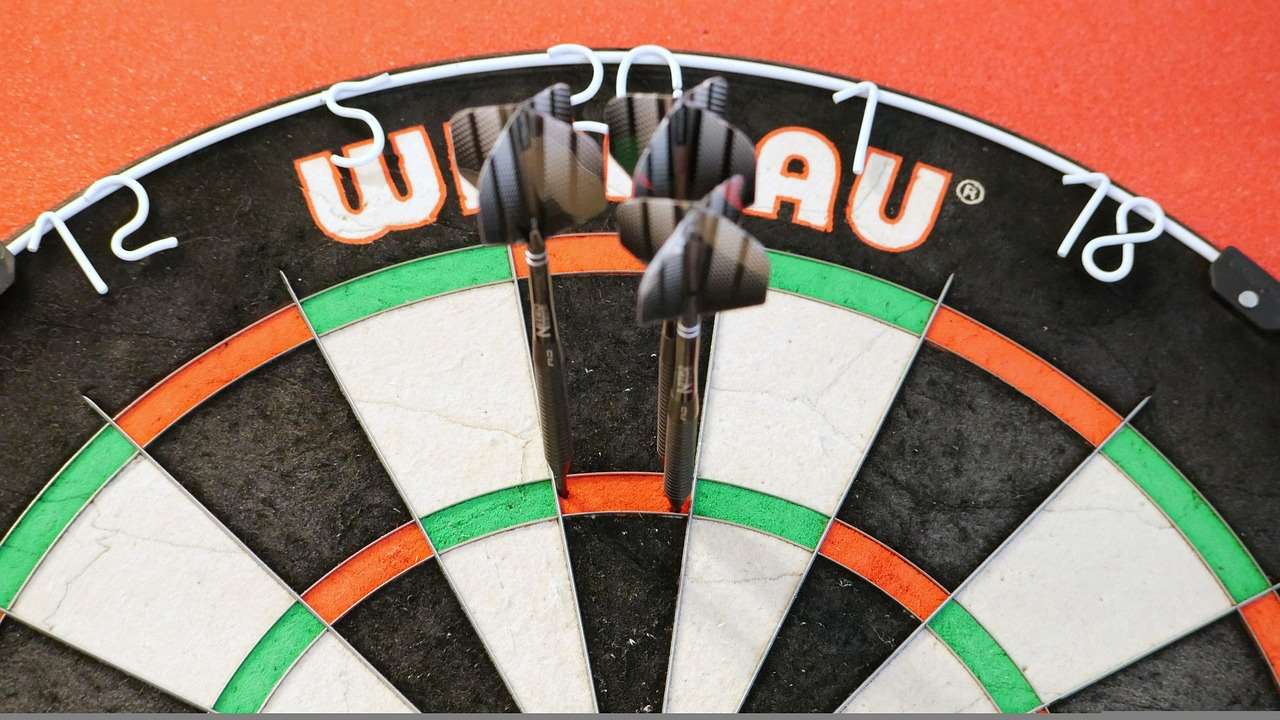
Targeting the Bullseye: Aiming and Focus
Even with perfect technique, you need to aim precisely to consistently hit the bullseye. Here’s how to improve your aiming and focus:
Visualizing the Target
Before each throw, take a moment to visualize the dart hitting the bullseye. This mental rehearsal can improve your focus and accuracy. Imagine the trajectory of the dart and the satisfying thud as it lands in the center.
Focusing Your Gaze
Keep your eyes fixed on the bullseye throughout your throwing motion. Avoid looking at your hand or the dart itself. Maintain a steady gaze on the target to ensure accurate aiming. Sharpening your mental game alongside your technique is crucial for a successful darts bull throw.
Adjusting for Windage and Elevation
As you practice, you’ll learn to adjust your aim slightly for windage (left/right) and elevation (up/down). These adjustments will become more intuitive over time, but pay attention to where your darts are landing and make small corrections as needed.
Mental Toughness
Darts is as much a mental game as it is a physical one. Developing mental toughness is crucial for maintaining focus and consistency, especially under pressure. Practice staying calm and composed, even after a missed darts bull throw. Remember, even the best players miss occasionally. The key is to learn from your mistakes and stay positive.
Practice Drills for a Better Darts Bull Throw
Consistent practice is the key to improving your darts bull throw. Here are some effective drills to help you hone your skills:
The Bullseye Challenge
This is a simple but effective drill. Throw a series of darts, aiming only for the bullseye. Keep track of your score and try to improve with each session. You can set a target number of bullseyes within a certain number of throws.
The Around the Clock Drill
Start by aiming for the 20, then move to the 1, then the 18, and so on, working your way around the board in numerical order. This drill improves your overall accuracy and helps you develop a consistent throwing motion.
The Shanghai Drill
Choose a number on the board (e.g., 20). Throw three darts, aiming for the single, double, and triple of that number. Completing the set (single, double, triple) is called a “Shanghai.” This drill improves your accuracy and precision.
The Double-Out Drill
Start with a score of 40 and try to finish the game by hitting a double. This drill improves your accuracy when aiming for doubles, which is essential for closing out games. Consider checking out darts from darts from last night for inspiration.
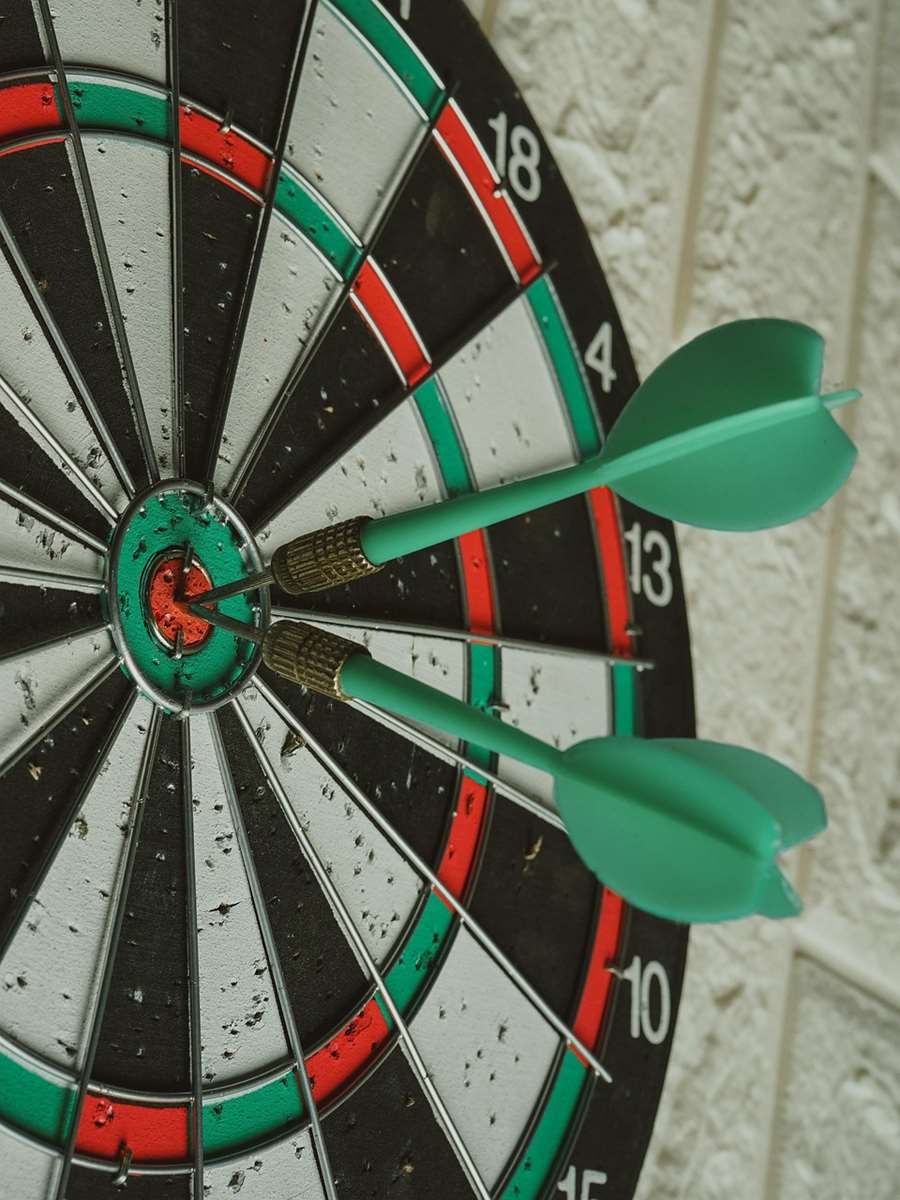
Common Mistakes and How to Fix Them
Even with the best techniques and practice, you may still encounter some common mistakes when throwing for the bullseye. Here’s how to identify and correct them:
Inconsistent Stance
Problem: Shifting your weight or changing your stance during the throw.
Solution: Focus on maintaining a stable and balanced stance throughout your throwing motion. Practice your stance without throwing darts to develop muscle memory.
Grip Issues
Problem: Gripping the dart too tightly or loosely.
Solution: Experiment with different grips to find one that feels comfortable and allows you to maintain control. Avoid squeezing the dart too tightly, as this can lead to tension and inaccuracy. Ensure the Free dart score app is running so you can record your progress.
Jerky Throwing Motion
Problem: A rushed or uneven throwing motion.
Solution: Slow down your throwing motion and focus on smoothness and fluidity. Practice throwing in front of a mirror to identify any jerky movements.
Poor Follow-Through
Problem: Stopping your arm motion immediately after releasing the dart.
Solution: Make sure to follow through with your arm motion towards the target. This helps maintain accuracy and consistency.
Looking Away from the Target
Problem: Taking your eyes off the bullseye during the throw.
Solution: Keep your eyes fixed on the bullseye throughout your throwing motion. Practice maintaining a steady gaze on the target.
Advanced Techniques for Darts Bull Throw Mastery
Once you’ve mastered the fundamentals, you can start exploring advanced techniques to further improve your darts bull throw.
The Mental Game: Visualization and Focus
Developing a strong mental game is crucial for consistent performance. Practice visualization techniques to mentally rehearse your throws and improve your focus. Learn to block out distractions and stay calm under pressure. Understanding the darts score card is an important step, but the ability to stay calm is vital.
Equipment Optimization: Dart Weight and Flights
Experiment with different dart weights and flight shapes to find what works best for your throwing style. Heavier darts tend to be more stable, while lighter darts can be more maneuverable. Different flight shapes can affect the dart’s trajectory and stability in the air.
Analyzing Your Performance: Identifying Patterns
Keep track of your scores and analyze your performance to identify patterns and areas for improvement. Are you consistently missing to the left or right? Are you struggling to hit the bullseye under pressure? By identifying these patterns, you can tailor your practice to address your specific weaknesses.
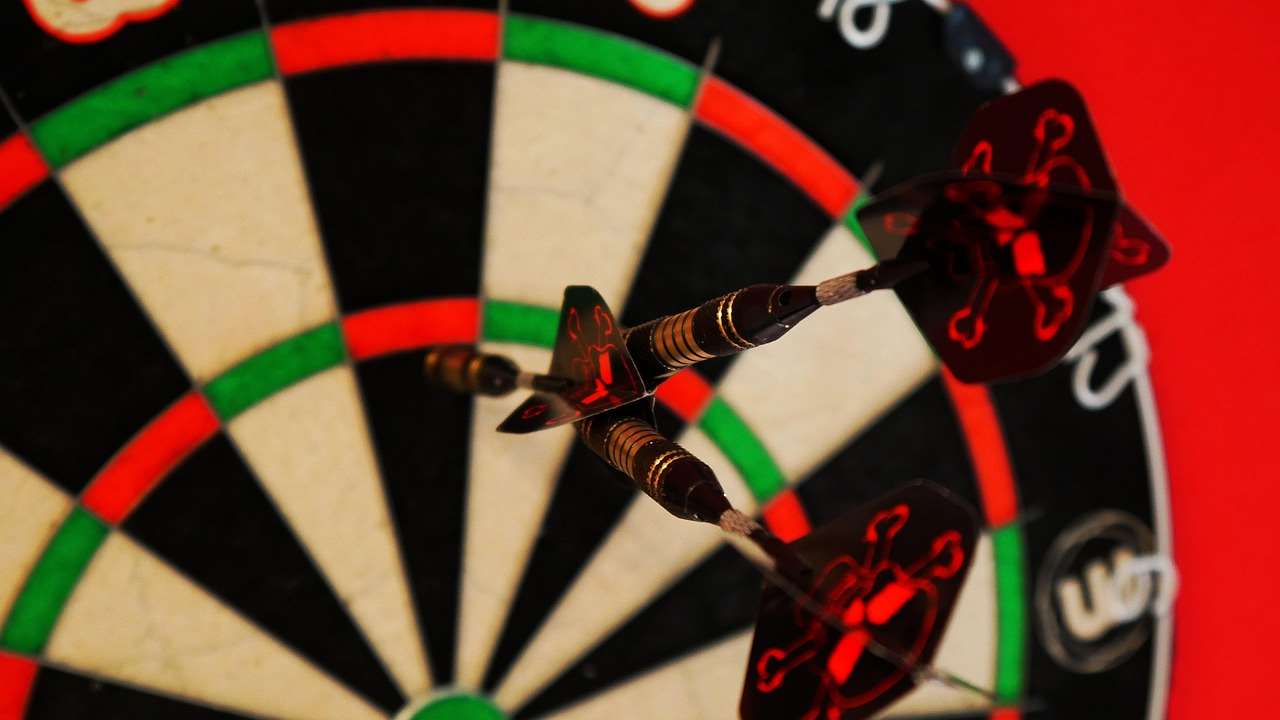
The Psychology of the Bullseye
The bullseye represents more than just 50 points; it’s a symbol of accuracy, precision, and mental fortitude in darts bull throw. Overcoming the psychological challenges associated with targeting this small area can dramatically improve your overall game.
Building Confidence
Consistent practice and positive self-talk are key to building confidence. Celebrate your successes, no matter how small, and learn from your mistakes. Remind yourself of your abilities and visualize yourself hitting the bullseye before each throw.
Managing Pressure
Pressure can be a major obstacle when aiming for the bullseye, especially in competitive situations. Practice throwing under pressure by simulating tournament conditions. Learn to control your breathing and focus on the present moment.
Embracing Failure
Everyone misses the bullseye occasionally. Don’t let a missed throw discourage you. Instead, learn from it and use it as motivation to improve. Remember that failure is a natural part of the learning process.
Maintaining Your Darts Equipment for Optimal Performance
Properly maintaining your darts equipment is essential for ensuring consistent performance and prolonging the lifespan of your darts.
Sharpening Your Dart Points
Dull dart points can cause bounce-outs and damage to your dartboard. Use a dart sharpener to keep your points sharp and prevent these issues. Sharpen your points regularly, especially if you notice them becoming dull or burred.
Cleaning Your Darts
Dirt and grime can accumulate on your darts, affecting your grip and throwing accuracy. Clean your darts regularly with a soft cloth and mild soap. Pay particular attention to the grip area and the flight slots.
Replacing Worn Flights
Worn or damaged flights can significantly affect the flight of your darts. Replace your flights regularly, especially if you notice them becoming torn, bent, or discolored. Experiment with different flight shapes and materials to find what works best for your throwing style. Keeping score of the outer bull score darts is easier with well-maintained equipment.
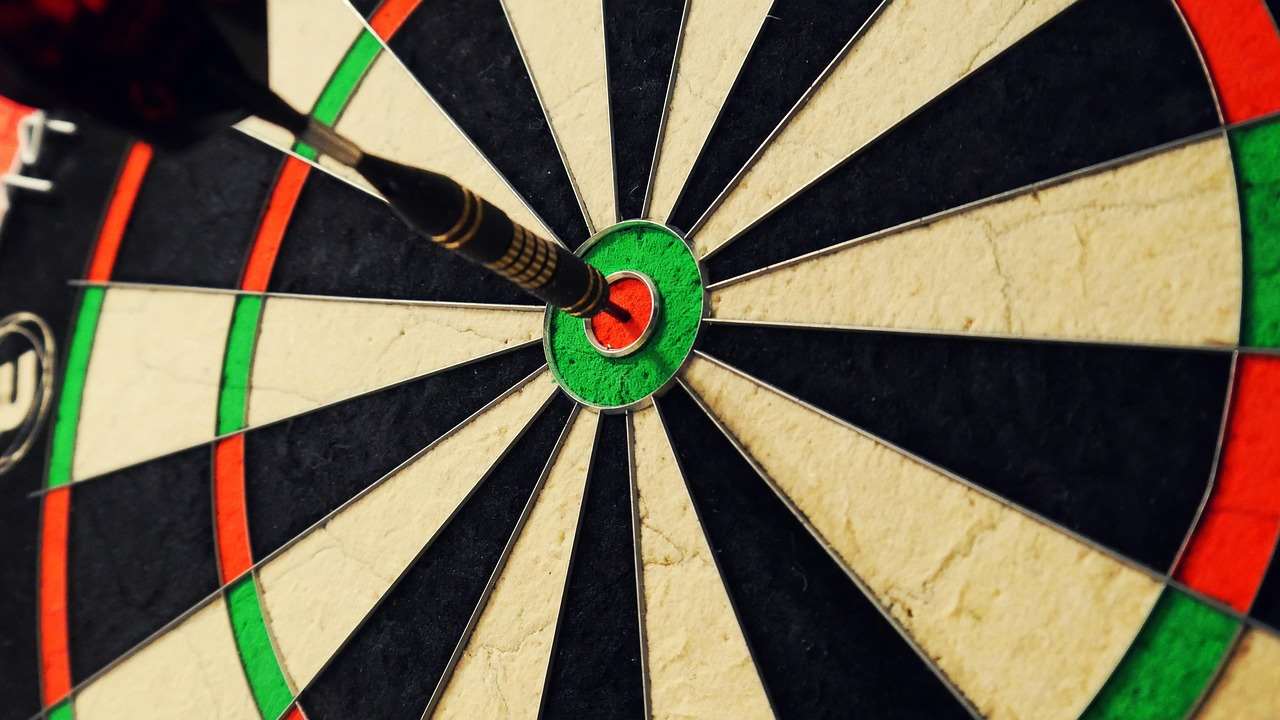
The Future of Darts Bull Throw Techniques
The world of darts is constantly evolving, and new techniques and training methods are continually being developed. Keeping up with these advancements can give you a competitive edge.
Technological Advancements
Technological advancements, such as motion capture and biomechanical analysis, are providing new insights into the optimal throwing motion. These technologies can help players identify areas for improvement and refine their technique.
Data-Driven Training
Data-driven training methods are becoming increasingly popular in darts. By tracking your performance and analyzing your data, you can identify patterns and tailor your training to address your specific weaknesses.
The Importance of Coaching
A good coach can provide valuable feedback and guidance, helping you identify and correct flaws in your technique. Consider working with a qualified darts coach to take your game to the next level.
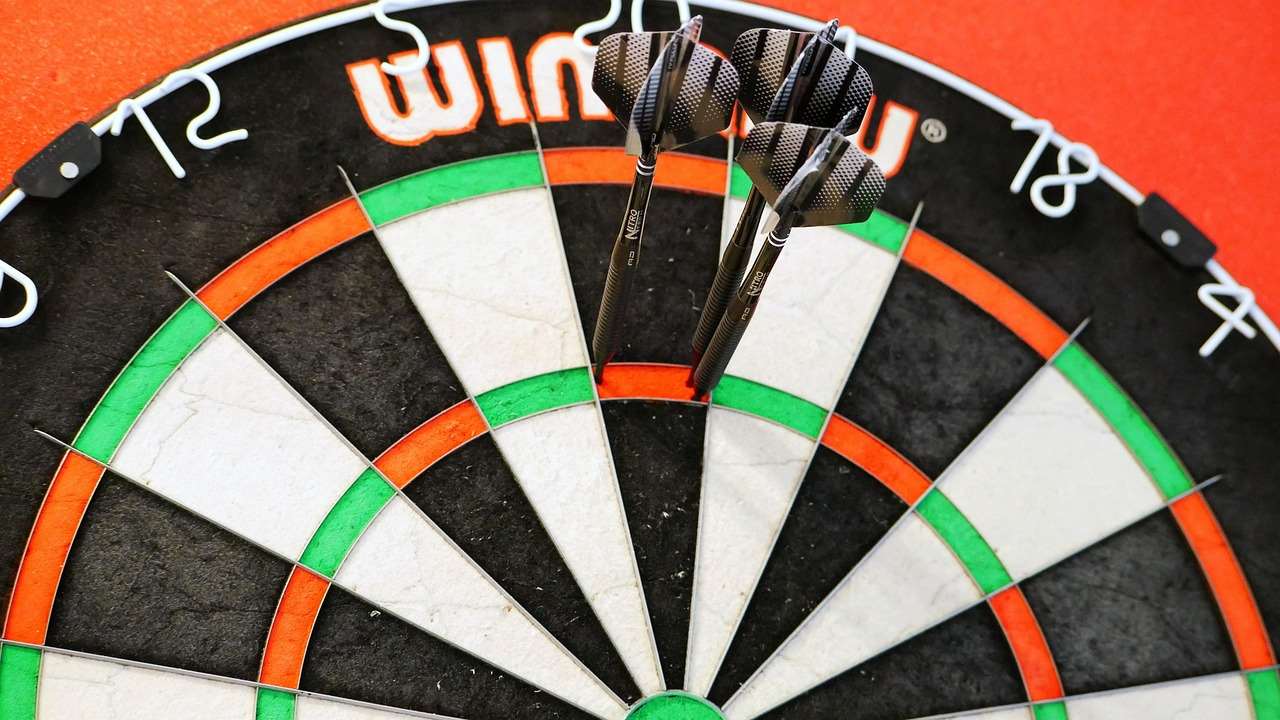
Conclusion
Mastering the darts bull throw is a journey that requires dedication, practice, and a willingness to learn. By focusing on your stance, grip, throwing motion, and mental game, you can significantly improve your accuracy and consistency. Remember to practice regularly, analyze your performance, and embrace the challenges along the way. With the right approach, you can achieve your goal of consistently hitting the bullseye and elevate your darts game to new heights. Now, grab your darts and start practicing your darts bull throw today!
Hi, I’m Dieter, and I created Dartcounter (Dartcounterapp.com). My motivation wasn’t being a darts expert – quite the opposite! When I first started playing, I loved the game but found keeping accurate scores and tracking stats difficult and distracting.
I figured I couldn’t be the only one struggling with this. So, I decided to build a solution: an easy-to-use application that everyone, no matter their experience level, could use to manage scoring effortlessly.
My goal for Dartcounter was simple: let the app handle the numbers – the scoring, the averages, the stats, even checkout suggestions – so players could focus purely on their throw and enjoying the game. It began as a way to solve my own beginner’s problem, and I’m thrilled it has grown into a helpful tool for the wider darts community.